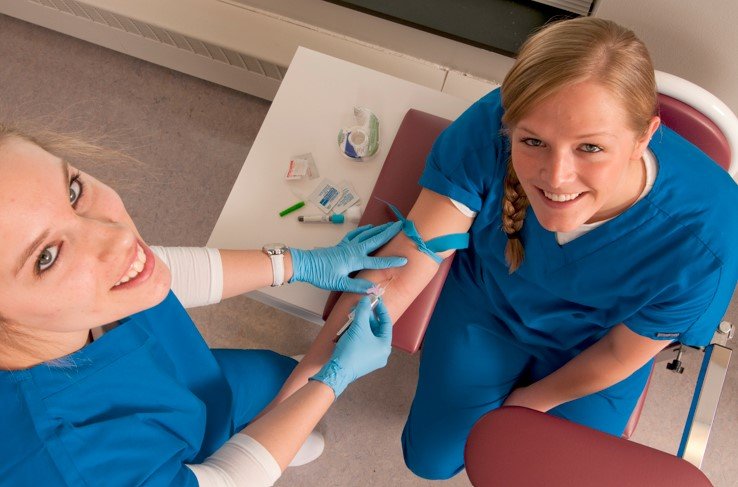Climate Change's Impact on Hospital Operations: Strategies for Adaptation
Summary
- Hospitals in the United States are facing increasing health risks due to climate change.
- Effective supply and equipment management strategies can help hospitals adapt and combat these risks.
- Implementing sustainable practices and investing in resilient infrastructure can enhance hospitals' ability to respond to climate-related challenges.
The Impact of Climate Change on Hospital Operations
Climate change poses a significant threat to public health, with rising temperatures, extreme weather events, and air pollution exacerbating existing health risks. Hospitals in the United States are on the front lines of dealing with the consequences of climate change, as they are responsible for providing critical care and medical services to communities affected by environmental challenges.
Rising Demand for Healthcare Services
As climate change leads to more frequent and severe heatwaves, storms, and natural disasters, hospitals are seeing an increase in patient admissions due to heat-related illnesses, injuries from extreme weather events, and respiratory problems caused by poor air quality. This surge in demand for healthcare services puts a strain on hospital resources and requires effective management strategies to ensure continuity of care.
Supply Chain Disruptions
Extreme weather events, such as hurricanes, wildfires, and flooding, can disrupt supply chains and lead to shortages of essential medical supplies and equipment. Hospitals must have robust inventory management systems in place to anticipate and respond to these disruptions, ensuring that they can continue to provide essential medical services during and after a disaster.
Strategies for Effective Supply and Equipment Management
To combat the growing health risks associated with climate change, hospitals in the United States can implement the following strategies to improve their supply and equipment management practices:
1. Sustainable Procurement Processes
- Partnering with environmentally responsible suppliers who prioritize sustainability and climate resilience.
- Implementing green purchasing policies to reduce the environmental impact of procurement activities.
- Optimizing supply chains to minimize energy consumption and reduce greenhouse gas emissions.
2. Resilient Infrastructure Investments
- Upgrading hospital facilities to withstand extreme weather events and natural disasters.
- Investing in backup power systems, water storage solutions, and communication technologies to ensure continuity of care during emergencies.
- Implementing climate-adaptive design principles to improve building efficiency and resilience to environmental challenges.
3. Inventory Management and Forecasting
- Utilizing data analytics and forecasting tools to anticipate demand for medical supplies and equipment during climate-related events.
- Establishing partnerships with local suppliers and emergency response agencies to facilitate rapid replenishment of critical supplies in times of crisis.
- Implementing inventory tracking systems to monitor stock levels, expiration dates, and storage conditions to prevent waste and ensure product quality.
Conclusion
Climate change poses a significant threat to hospitals in the United States, requiring effective supply and equipment management strategies to mitigate its impact on healthcare operations. By implementing sustainable procurement practices, investing in resilient infrastructure, and improving inventory management processes, hospitals can enhance their ability to respond to climate-related challenges and ensure continuity of care for patients in the face of environmental risks.

Disclaimer: The content provided on this blog is for informational purposes only, reflecting the personal opinions and insights of the author(s) on the topics. The information provided should not be used for diagnosing or treating a health problem or disease, and those seeking personal medical advice should consult with a licensed physician. Always seek the advice of your doctor or other qualified health provider regarding a medical condition. Never disregard professional medical advice or delay in seeking it because of something you have read on this website. If you think you may have a medical emergency, call 911 or go to the nearest emergency room immediately. No physician-patient relationship is created by this web site or its use. No contributors to this web site make any representations, express or implied, with respect to the information provided herein or to its use. While we strive to share accurate and up-to-date information, we cannot guarantee the completeness, reliability, or accuracy of the content. The blog may also include links to external websites and resources for the convenience of our readers. Please note that linking to other sites does not imply endorsement of their content, practices, or services by us. Readers should use their discretion and judgment while exploring any external links and resources mentioned on this blog.

